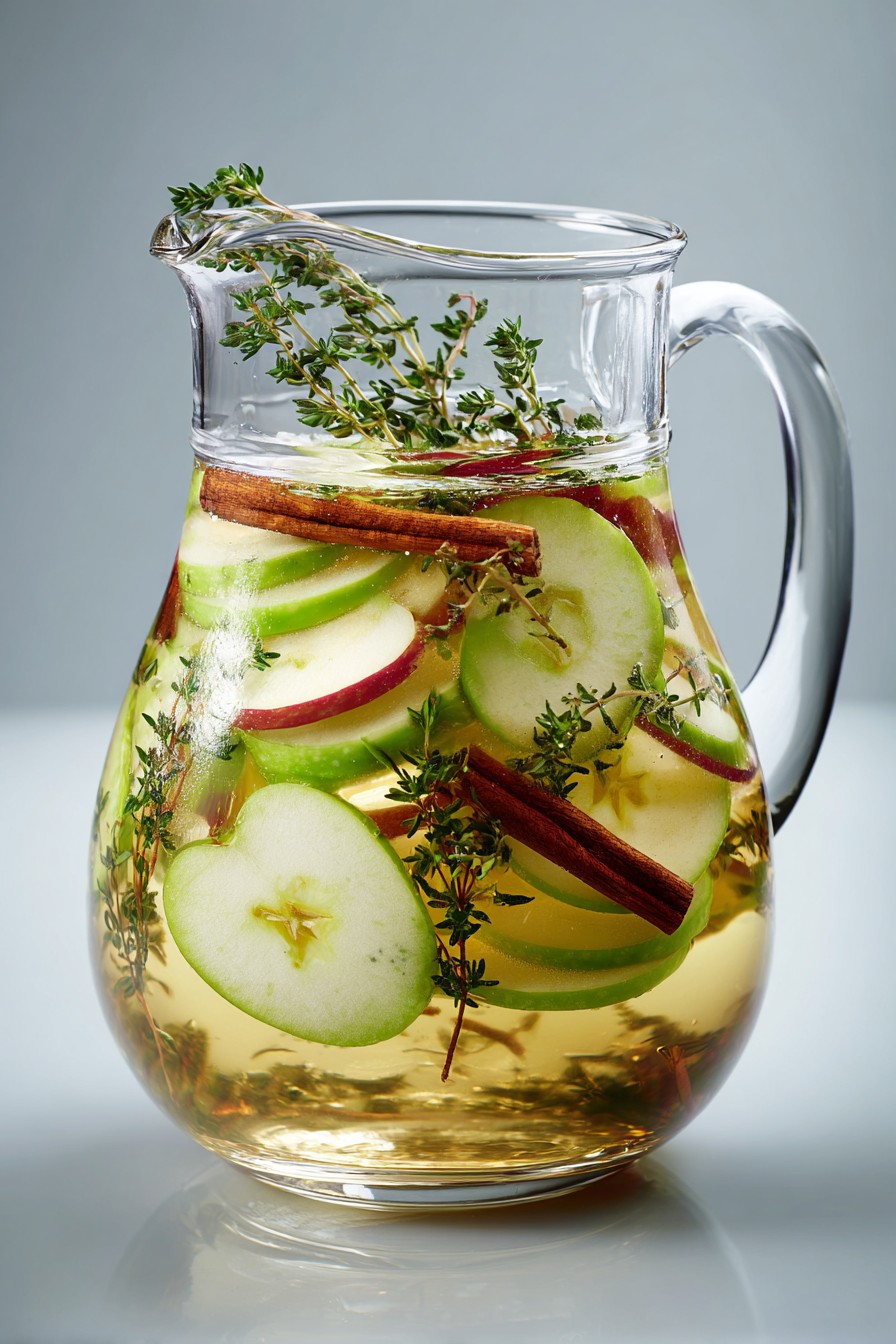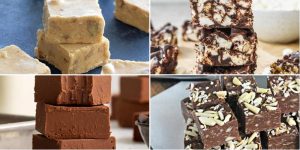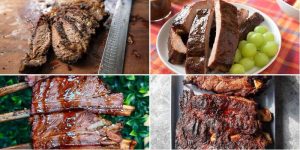Romance often finds its sweetest expression in the simplest moments—the gentle clink of glasses, the shared warmth of a cozy evening, the way crisp autumn air makes every breath feel like a fresh beginning. Remember how the first bite of a perfectly tart green apple can make your heart flutter? This sangria captures that feeling, transforming it into a liquid embrace that whispers of orchard walks and stolen kisses beneath golden leaves.
Why This Recipe Works
- The vibrant acidity of green apples creates a refreshing backbone that cuts through the sweetness, offering a sophisticated balance that dances on the palate like a well-rehearsed waltz between tart and sweet.
- Soaking the fruit overnight allows the flavors to meld into a harmonious symphony where each ingredient loses its individual ego and becomes part of something greater, much like two souls learning to beat as one.
- Using both apple brandy and white wine builds layers of complexity that unfold slowly with each sip, revealing new dimensions of flavor that mirror the way true intimacy deepens over time.
- The addition of fresh thyme introduces an herbal whisper that elevates the experience from mere refreshment to something contemplative and soul-stirring, like finding poetry in ordinary moments.
- Chilling the sangria thoroughly ensures every element is at its most expressive, with the cold temperature heightening the crispness and making each ingredient’s contribution more vivid and memorable.
Ingredients
- 2 large green apples, cored and thinly sliced (about 3 cups)
- 1 bottle (750 ml) dry white wine such as Sauvignon Blanc or Pinot Grigio
- 1/2 cup apple brandy or Calvados
- 1/4 cup fresh lemon juice, strained
- 1/4 cup pure maple syrup
- 2 cups sparkling apple cider, chilled
- 4-5 fresh thyme sprigs
- 1 cinnamon stick
- Ice cubes for serving
- Additional apple slices and thyme sprigs for garnish
Equipment Needed
- Large pitcher (at least 2-quart capacity)
- Sharp chef’s knife
- Cutting board
- Measuring cups and spoons
- Citrus juicer
- Fine mesh strainer (for lemon juice)
- Long-handled spoon for stirring
- Wine glasses or tumblers for serving
Instructions

Prepare the Apples with Loving Attention
Begin by washing two large green apples thoroughly under cool running water, gently rubbing their smooth skins to remove any lingering traces of the orchard. Pat them dry with a soft kitchen towel, admiring their vibrant green hue that promises the perfect balance of tart and sweet. Using a sharp chef’s knife, carefully slice each apple in half vertically, then use a melon baller or small spoon to remove the core, creating little crescent moons of pure apple flesh. Slice these halves into thin, elegant wedges approximately 1/4-inch thick—thin enough to release their flavors generously into the sangria but substantial enough to maintain their structural integrity. As you slice, notice how each piece reveals its star-shaped pattern, a hidden geometry that speaks to the beautiful order underlying nature’s apparent randomness. This mindful preparation transforms a simple task into a meditation on the ingredients that will soon become part of your shared experience.
Create the Flavor Foundation
Select a beautiful glass pitcher that catches the light, one that makes you feel like you’re preparing something special rather than just mixing drinks. Gently place the apple slices into the pitcher, listening to the soft clinking sound they make as they settle at the bottom. Pour in one full bottle of dry white wine—I prefer Sauvignon Blanc for its crisp acidity that complements green apples so beautifully—watching how the pale gold liquid cascades over the apple slices like sunlight through autumn leaves. Add 1/2 cup of apple brandy, which will provide a warm, concentrated apple essence that deepens the flavor profile considerably. Then measure 1/4 cup of freshly squeezed lemon juice, straining it through a fine mesh sieve to catch any seeds or pulp that might cloud your sangria’s clarity. The lemon juice acts as a bright counterpoint to the apples’ natural sweetness while preventing oxidation that would dull their vibrant green color.
Sweeten and Infuse with Herbal Notes
Now comes the sweetening element—1/4 cup of pure maple syrup, which brings a complex sweetness far superior to plain sugar, with caramel undertones that whisper of crisp fall mornings and woodsmoke. Drizzle it slowly into the pitcher, watching how it spirals through the wine before gradually dissolving into the mixture. Take 4-5 fresh thyme sprigs and gently crush them between your palms to release their essential oils—that distinctive aroma that smells like wisdom and warmth combined. Submerge the thyme sprigs in the liquid along with one whole cinnamon stick, which will impart subtle warmth without overwhelming the delicate apple flavors. Use a long-handled spoon to stir everything together with slow, deliberate motions, imagining you’re blending not just ingredients but moments and memories into something that will become part of your story together.
The Patient Wait for Perfection
This is where patience becomes part of the recipe—cover the pitcher tightly with plastic wrap or its lid and refrigerate for at least 8 hours, though 24 hours is truly ideal for flavor development. During this time, the wine gradually coaxes the essence from the apples while the thyme and cinnamon infuse their subtle magic throughout the mixture. The alcohol acts as a solvent, extracting flavors and colors that water alone cannot, creating a more complex and integrated final product. You’ll notice the apples become slightly translucent around the edges as they release their juices into the wine, and the liquid will take on a softer, more nuanced character. This waiting period is as crucial to the sangria’s success as any active preparation—it’s the quiet transformation that happens out of sight, much like the way affection deepens during stolen glances and shared silences.
The Final Embellishment and Serving
When the moment arrives to serve your creation, remove the pitcher from the refrigerator and admire how the flavors have married into something greater than the sum of their parts. Gently stir the mixture once more to redistribute any settled ingredients, then pour in 2 cups of chilled sparkling apple cider, which will introduce lively bubbles and additional apple brightness. Fill beautiful glasses with ice cubes—preferably large, clear ones that won’t dilute the sangria too quickly—and ladle the sangria over the ice, making sure each serving receives plenty of apple slices. Garnish each glass with a fresh apple slice perched on the rim and a tiny sprig of thyme, creating a presentation that appeals to both the eyes and the palate. Serve immediately while the bubbles are still dancing, watching how the light catches the pale green liquid and makes it glow like captured sunlight.
Tips and Tricks
For those who wish to elevate their sangria from delightful to unforgettable, consider these nuanced approaches that honor the ingredients while adding personal touches. When selecting your apples, seek out varieties known for their crisp texture and balanced flavor—Granny Smith remains the classic choice, but Honeycrisp offers a wonderful sweetness that plays beautifully against the wine’s acidity, while Pink Lady apples provide a lovely rosy blush to the finished drink. If you find your apples browning during preparation despite the lemon juice, you might try a quick dip in diluted pineapple juice, which contains enzymes that inhibit oxidation while adding minimal flavor interference. For the wine selection, remember that you needn’t splurge on expensive bottles—mid-range dry whites between $12-$18 typically work best, as they have sufficient character without overwhelming subtleties that would be lost amid the other ingredients.
Consider your sweetening options beyond maple syrup—while its complexity is wonderful, you might experiment with honey (particularly wildflower or orange blossom varieties) or even a ginger syrup for an extra dimension of warmth. If using honey, warm it slightly first to thin its consistency, making it easier to incorporate evenly throughout the sangria. The infusion time is truly flexible—while 24 hours provides optimal flavor integration, even 4-6 hours will yield delicious results if you’re short on time, though the apple slices will be less infused with wine flavor. For those who prefer a less alcoholic version, you can reduce the brandy by half or replace it entirely with additional sparkling cider, though you’ll sacrifice some depth of flavor. When serving, consider freezing some of the apple slices into ice cubes beforehand—they’ll chill the drink without dilution while adding visual appeal as they gradually thaw and release tiny apple particles into the sangria.
Storage is straightforward—properly covered sangria will keep beautifully in the refrigerator for up to three days, with the flavors continuing to meld and evolve, though the sparkling element should always be added just before serving to maintain its effervescence. If you find yourself with leftovers after the bubbles have faded, consider reducing them in a saucepan to create a flavorful syrup for pancakes or ice cream—nothing need be wasted. For large gatherings, you can easily double or triple the recipe, though I recommend preparing it in multiple pitchers rather than one enormous container, as this makes serving more graceful and ensures even distribution of fruit. Finally, remember that the best sangria, like the best relationships, improves with attention to detail but ultimately depends on the care and intention you bring to the process—each step is an opportunity to create not just a drink, but an experience to be savored and remembered.
Recipe Variations
- For a rosé-inspired version that blushes with romantic potential, replace the white wine with a dry rosé and use red apple slices instead of green. The resulting color will be a beautiful pink hue that feels particularly celebratory, while the flavor profile shifts toward berry notes that complement the apples beautifully. Add a handful of fresh raspberries or sliced strawberries during the infusion period to enhance the fruity character, and consider using rosemary instead of thyme for an herbal note that pairs wonderfully with the rosé’s subtle complexity.
- Create an autumnal spice version by adding additional warming spices beyond the cinnamon stick—a few whole cloves, a star anise pod, and a slice of fresh ginger will transform the sangria into something that smells like a crisp fall day captured in a glass. Replace the maple syrup with brown sugar syrup (made by dissolving brown sugar in equal parts warm water) for deeper caramel notes, and consider using apple cider instead of sparkling apple cider for a richer, non-carbonated base that allows the spices to shine more prominently.
- For a tropical twist that evokes warmer climates and sun-drenched moments, replace half the apple slices with sliced pineapple and add a splash of coconut water to the mixture. Use a fruit-forward white wine like Viognier or Gewürztraminer that can stand up to the tropical flavors, and substitute the thyme with fresh basil leaves, which provide an unexpectedly wonderful herbal counterpoint to the sweetness. Garnish with toasted coconut flakes on the rim of each glass for textural contrast and visual appeal that transports you to island breezes and sandy shores.
- Create a sparkling pear variation by using both green apples and ripe pears in equal measure, selecting firm Bosc or Anjou pears that will maintain their texture during soaking. Replace the apple brandy with pear liqueur or eau-de-vie, and use pear nectar instead of sparkling apple cider for the final addition. The resulting sangria will be slightly sweeter and more floral, with the pears contributing a delicate softness that contrasts beautifully with the apples’ crisp acidity—a harmonious duet of orchard fruits that celebrates the bounty of the season.
Frequently Asked Questions
Can I make this sangria non-alcoholic?
Absolutely, and the result can be just as sophisticated and satisfying. Replace the white wine with a high-quality non-alcoholic white wine or with a mixture of white grape juice and a tablespoon of white wine vinegar to mimic wine’s acidity. Omit the apple brandy entirely or substitute with a non-alcoholic apple extract or additional apple juice reduced slightly to concentrate its flavor. The sparkling apple cider remains as your carbonation element, and you might consider adding a teaspoon of vanilla extract to help round out the flavors that alcohol typically provides. The infusion process works similarly, allowing the fruits and herbs to meld their essences into the base liquid, creating a complex beverage that everyone can enjoy regardless of their alcohol preferences.
How far in advance can I prepare the sangria?
The sangria base—wine, brandy, apples, lemon juice, maple syrup, and herbs—can be prepared up to three days in advance and stored covered in the refrigerator. In fact, many enthusiasts argue it improves with a longer infusion time as the flavors continue to marry and deepen. However, you should always add the sparkling apple cider just before serving to preserve its effervescence, as the bubbles will dissipate over time even under refrigeration. The apple slices will become increasingly wine-infused and soft the longer they sit, which some people enjoy while others prefer the textural contrast of fresher fruit—you might reserve some additional apple slices to add with the sparkling cider if you prefer that crisp bite alongside the infused slices.
What’s the best way to serve this for a party?
For gatherings where you want to create a beautiful presentation without constant hosting duties, consider setting up a sangria station that allows guests to serve themselves. Prepare the infused base in a large, attractive beverage dispenser with a spigot, keeping it chilled over ice if necessary. Place the sparkling apple cider in an elegant bottle beside it with clear instructions to add a splash to each glass before ladling in the sangria base. Provide a separate bowl of freshly sliced apples and thyme sprigs for garnishing, along with appropriate glassware and ice. This approach not only looks beautiful but empowers your guests to customize their drinks while freeing you to enjoy the celebration rather than tending to refills throughout the event.
Can I use different fruits in this recipe?
While green apples provide the foundational flavor, you can certainly incorporate other fruits to create different dimensions of taste and visual appeal. Slices of crisp pear complement the apple beautifully while adding subtle floral notes, while a handful of red grapes contributes bursts of sweetness that contrast with the tart apples. Citrus fruits like orange or blood orange slices add bright acidity and beautiful color, though their stronger flavors will become more prominent in the final sangria. Berries work wonderfully but will tint the sangria with their colors—raspberries create a pink hue, blackberries a deeper purple tone. The key is balancing textures and flavors, ensuring no single fruit dominates while creating a harmonious blend that still highlights the green apple as the star ingredient.
Summary
This green apple sangria transforms simple ingredients into an elegant elixir that captures the crisp romance of autumn. With its perfect balance of tart and sweet, herbal whispers and fruity brightness, it becomes more than a drink—it’s liquid poetry meant to be shared with someone special, turning ordinary moments into cherished memories.



